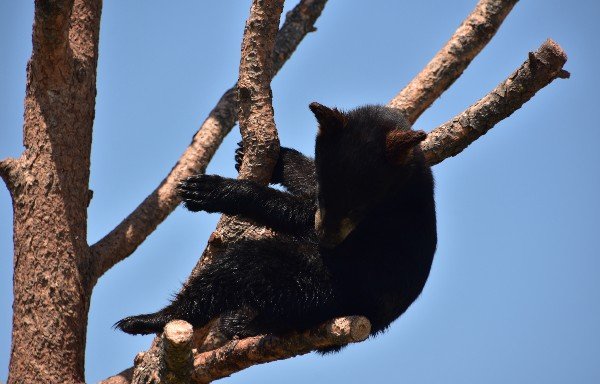Blog

How Rapidly Can Grizzly Bears Move?
In a surprising display of agility for their massive size, grizzly bears are capable of reaching speeds up to 35

Encountering Grizzly Bears in National Parks: A Unique Experience
The sheer thrill of encountering a grizzly bear up close within the expanse of a national park is an experience

Bear Myths? Or Bear Facts?
Many people find black bears and grizzly bears fascinating, but at the end of the day, they are wild animals.

How Grizzly Bears Prepare Their Young
In the Greater Yellowstone region, grizzly bears stand as a testament to the success of conservation efforts. Once teetering on

When Do Cubs Become Independent?
Bears are truly magnificent creatures, and at Yellowstone National Park, you have the unique opportunity to observe both black bears

How Many Grizzly Bears are in Yellowstone?
If you’re gearing up for a trip to Yellowstone National Park, the prospect of witnessing a bear in its natural

When Do Black Bears Come Out of Hibernation?
The elegance of black bears is captivating, whether they are a familiar sight in your surroundings or you’re eagerly anticipating

Are Brown Bears Native to North America?
Bears are truly fascinating creatures, with brown bears being one of the most iconic among the eight species. North America

How Much Do Black Bears Weigh?
Black bears are magnificent creatures whose size can leave you in awe. While they may dwarf many common animals like
